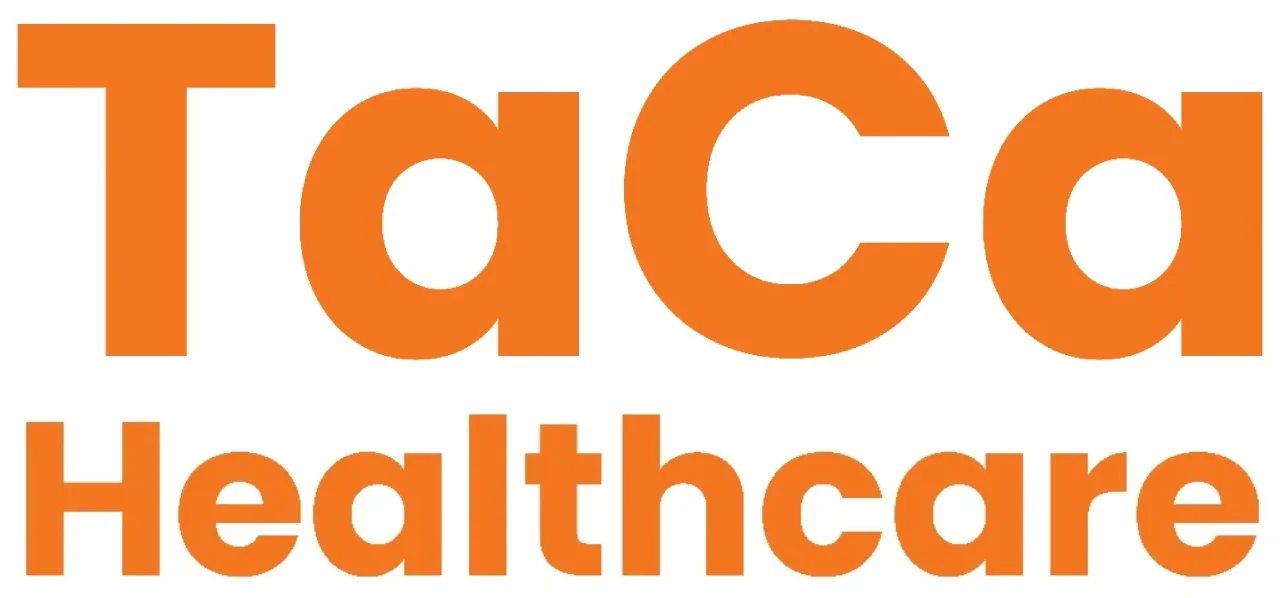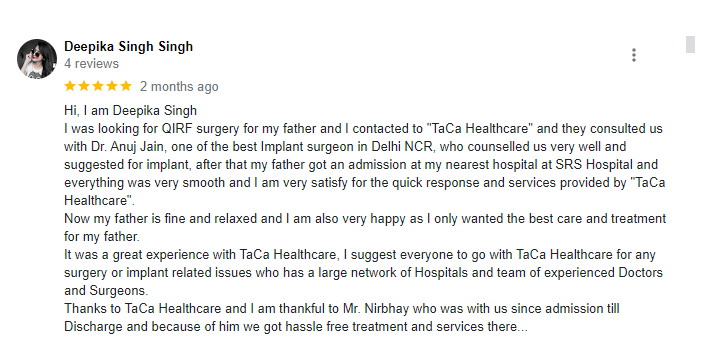It is no longer necessary for piles, a common ailment that causes agony and inconvenience, to be a constant source of worry to anyone suffering from it. TaCa Healthcare is a shining example of cutting-edge healthcare technology and offers the best piles treatment in Dubai. We are respected for our modern infrastructure and our dedication tao using the newest medical equipment, and we work hard to provide our patients with the best treatment possible. TaCa Healthcare has carefully designed a specialised technique to give long-lasting comfort since we recognise the impact this illness has on your quality of life.
Veins that swell and expand within and outside of the anus and rectum are called piles. They may result in rectal bleeding and be unpleasant and painful. Haemorrhoids are another name for piles. Although haemorrhoids are a birth defect, they often don't affect us. They don't start to cause bothersome symptoms until they expand and swell.
Risk Factors
Teenagers are not exempt from developing symptomatic piles. (However, haemorrhoids are rare in children since they take time to develop.) You could be more vulnerable if you:
- Become obese or overweight.
- Are carrying a child.
- Have a diet low in fibre.
- have diarrhoea or persistent constipation.
- Lift large items regularly.
- Sit on the toilet for extended periods.
- Put strain on your bowel motions.
What Causes Piles?
Straining causes piles by applying pressure to the veins in your rectum or anus. Consider them to be varicose veins on your lower limbs.
The Anal and rectal veins can swell and become inflamed with any type of straining that puts more pressure on your abdomen or lower extremities. Piles may form as a result of:
- Weight growth, particularly during pregnancy, can cause pelvic discomfort.
- Pushing excessively to pass gas (poop) to alleviate constipation.
- Bending over to lift large things or performing weightlifting.
Symptoms Of Piles
The kind of haemorrhoid typically determines the symptoms of piles.
Internal Piles
In the rectum are Internal Piles. They seldom cause discomfort and are typically invisible or felt. However, while passing faeces, straining or discomfort might result in:
- Blood without feeling pain with bowel motions. There may be little drops of bright crimson blood in the toilet or on the toilet tissue.
- A prolapsed or bulging haemorrhoid pushes through the anal hole. Pain and discomfort might come from this.
External Piles
These are located beneath the skin near the anus. Possible symptoms include:
- Discomfort or itching in the anal area.
- Pain or agony.
- Around the anus to swell.
- Bleeding.
Thrombosed Piles
An external haemorrhoid may collect blood, which might clot into a thrombus. Following a thrombosed haemorrhoid:
- Terrible pain.
- Swelling.
- Inflammation.
- Something hard and discoloured close to the anus.
When To Visit A Doctor
See a doctor at TaCa Healthcare if you are experiencing bleeding with bowel movements or if your haemorrhoids don't get better after a week of at-home treatment. Our medical team offers a lot of knowledge and an unwavering dedication to quality, with highly competent general surgeons who specialise in treating Piles. From accurate diagnosis to creating customised treatment regimens, our surgeons put your health first at every stage. Your health is our priority at TaCa Healthcare. Our philosophy is to remain up to date with the latest medical developments so that we can provide you with the greatest options for treating your problem.
Diagnosing Piles
Based on physical examination results and symptoms, piles are diagnosed. You may also have:
- Visual examination: During a rectal exam, internal piles are frequently too soft to detect. Your physician may use an anoscope, proctoscope, or sigmoidoscope to examine the lowest portion of your colon and rectum.
- Digital rectal exam: To check for enlarged veins, the doctor puts a gloved, lubricated finger inside your rectum.
- Anoscopy: Your doctor views the lining of your rectum and anus using an anoscope, which is a lit tube.
- Sigmoidoscopy: Your doctor looks into the lower (sigmoid) portion of your colon and rectum using a sigmoidoscope, which is a lit tube with a camera. There are two types of procedures: rigid sigmoidoscopy (proctoscopy) and flexible sigmoidoscopy.
Although they may cause discomfort, these exams are not unpleasant. They usually happen without anaesthesia at an outpatient facility or doctor's office. Same day, you head back home.
Treatment For Piles
You should see an expert at TaCa Healthcare if symptoms get worse or interfere with your daily life or sleep. They may treat Piles with:
Medications
You may only feel slight discomfort from your piles. In this situation, your physician could recommend over-the-counter lotions, ointments, suppositories, or pads. These medications have chemicals like hydrocortisone, lidocaine, or witch hazel that can reduce pain and itching momentarily.
External Haemorrhoid Thrombectomy
Your healthcare professional can remove an external haemorrhoid if a discomforting blood clot has developed inside of it. Relief may be immediate after removal. The best results from this surgery, which uses a local anaesthetic that numbs a specific area of the body—occur 72 hours after the clot forms.
Minimally Invasive Techniques
In the event of persistent bleeding or excruciating pimples, your physician may suggest one of the alternative less invasive treatments. You can receive these treatments in an outpatient environment or at the office of your provider. Usually, they don't require numbing medication.
- Rubber Band Ligation: Your physician will apply one or two small rubber bands to the root of an internal haemorrhoid to stop the haemorrhoid's blood supply. In about a week, the haemorrhoid withers and falls out.
- Sclerotherapy: Your doctor will use sclerotherapy, which involves injecting an acidic solution into the haemorrhoid tissue to reduce its size. The injection may be less successful than rubber band ligation, even if it produces little to no discomfort.
- Coagulation: Coagulation methods make use of heat, laser light, or infrared light. They induce tiny internal haemorrhoids that are bleeding to shrink and stiffen. Coagulation often produces little pain and has few negative effects.
Procedures Involving Surgery
Your physician may suggest that you try the following if previous treatments have failed or if you have significant haemorrhoids:
- Hemorrhoidectomy: Hemorrhoidectomy is another name for the excision of a haemorrhage. Your surgeon employs one of many ways to remove excess tissue that is causing bleeding. A local anaesthetic may be used during the procedure in conjunction with a sedative, which is a medication that reduces anxiety and promotes calmness. It is also possible to utilise general or spinal anaesthesia. The most comprehensive and successful treatment for severe or recurrent piles is a hemorrhoidectomy.
- Hemorrhoidal stapling: Hemorrhoidal tissue cannot get blood flow unless stapled hemorrhoidopexy is performed. Usually, it is limited to internal haemorrhoids. Compared to a hemorrhoidectomy, staples usually cause less pain and allow you to resume normal activities more quickly.
How Can Piles Be Prevented?
As you age, piles become more frequent. The following actions can aid in avoiding constipation and firm stools, which can result in piles:
- Be careful not to oversit on the toilet or to push too forcefully.
- When the desire strikes, don't wait to relieve yourself of poop.
- Water is your best beverage throughout the day.
- Increase your intake of high-fiber foods, such as whole grains, fresh produce, and fruits, or take supplements. In general, males should consume 35 grams of fibre daily, whereas women should strive for 25 grams.
- Continue your physical activity. Bowel movements are maintained by movement.
- Only use laxatives or utilize enemas as directed by your physician. The overuse of laxatives or enemas might interfere with the body's ability to control bowel movements.
Why Choose TaCa Healthcare For Piles Treatment
Modern facilities and well-trained staff enable the Taca Health Care Center's Division of General Surgery to treat hundreds of patients with a variety of conditions. Our general surgeons get specialised training in the use of state-of-the-art, high-tech instruments, and they are always evolving so that they can provide surgical patients with complete care, including preoperative, operational, and postoperative care as well as the management of related problems.
The method used by TaCa Healthcare for piles surgery is characterised by the use of minimally invasive surgical procedures. This technique facilitates a quicker return to regular activities by minimising post-operative pain as well as discomfort during the treatment. Patients benefit from having a strict follow-up visit schedule following surgery. These follow-ups are essential for tracking the course of recovery, resolving any possible problems, and guaranteeing a seamless and effective healing process.
As one of the top facilities in Dubai, TaCa Healthcare strives to give patients access to cutting-edge medical technologies and minimally invasive procedures that frequently save costs without compromising effective results. We select techniques with which our patients are at ease. You may rely on us to deliver cutting-edge, sensitive service that will ensure heaps disappear for good.
TaCa Healthcare offers a holistic answer to your hemorrhoidal difficulties by combining knowledge, cutting-edge technology, and a patient-centric approach. This makes it the top pile centre in Dubai. Your path to pain-free relief from piles starts with TaCa Healthcare.















